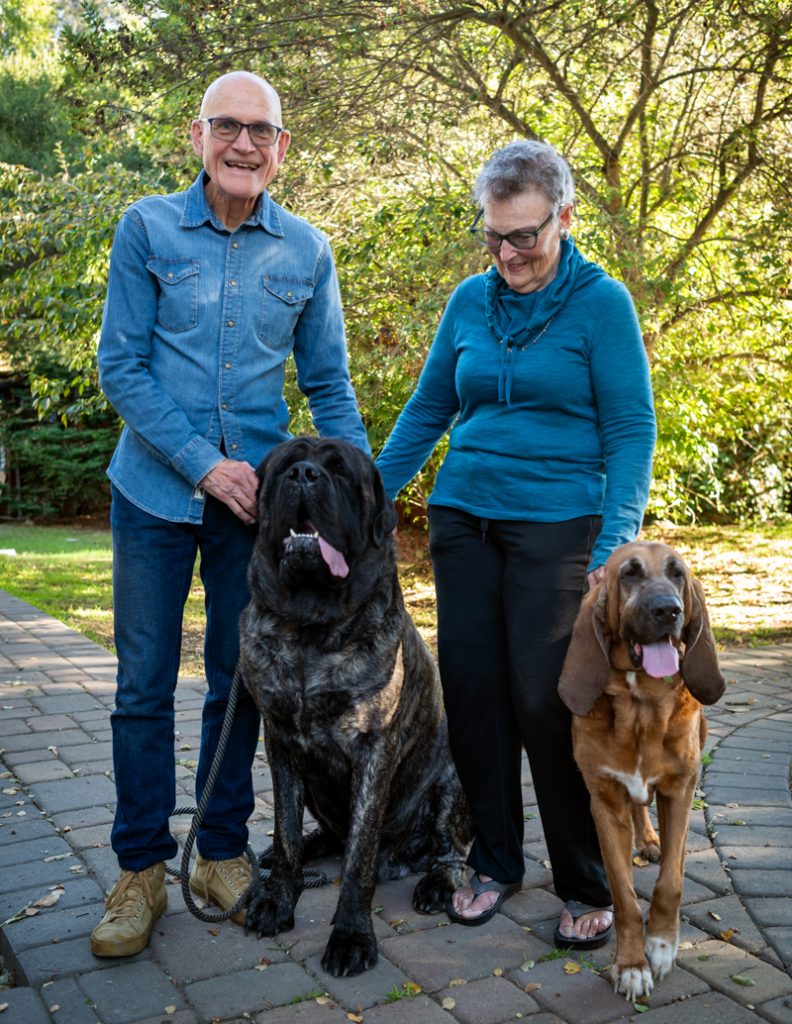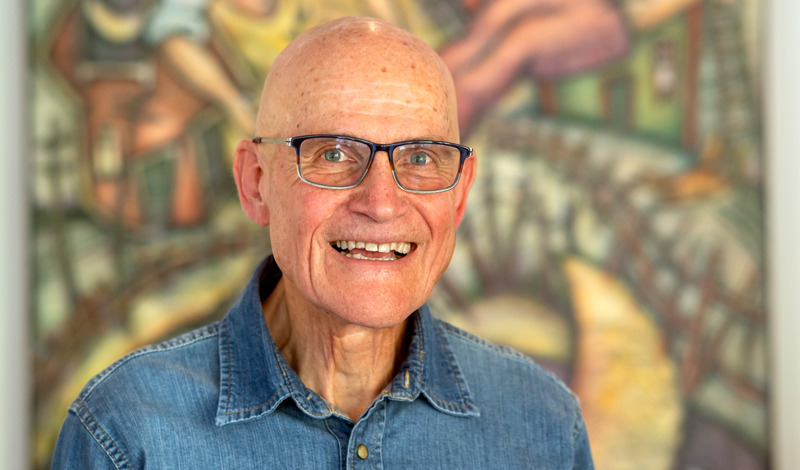by Jim Krampf
Kensington, Calif.
When I was 14, my father sat me down for “a talk.” He finally explained his stumbling around and picking fights, which I’d witnessed for so long but never understood. He was an alcoholic. He vanished soon after, checking himself into rehab. I was expelled from school not long after that, and, feeling adrift in Bloomington, Indiana, ran off to San Francisco in 1967 to join the Summer of Love.[1]
I had dreamed of a peaceful world created through the power of love. Instead, I found isolation and disillusionment, and numbed myself out by getting high. But happily, in January 1968, I was introduced to Buddhism. As I walked down Market Street in San Francisco, someone invited me to an introduction-to-Buddhism meeting. The room was packed with vibrant, joyful young people who shared their experiences. Here was the positive, confident movement I had been seeking.
I received the Gohonzon and dove in, joining the youth groups—the precursors to today’s Ikeda Youth Ensemble, Soka Group and Gajokai. The energetic chanting sessions were transformative.
My early days of Buddhist practice were marked by poverty and struggle, but I was supported by my comrades in the young men’s division. After graduating from college, I was unemployed for six months, living on macaroni—without the cheese, mind you. I reluctantly took a low-paying job at a donut shop in East Oakland. It was a nightmare. I had previously read Ikeda Sensei’s guidance to clarify concrete goals, to make long-term chanting targets to accomplish them and to take courageous action. I realized I had been afraid to challenge myself and started my first campaign to chant a million daimoku to change my life and my work karma.
One day, out of the blue, my friend invited me to apply for a job at an export company. The trajectory of my work life changed, launching me into a challenging and fulfilling career for the next 12 years—a complete transformation based on my prayer.
In 1978, I married my wife, Diana, and we had two children, a son, Rowen, and a daughter, Evelyn. Eight years in, our marriage hit a serious crisis. I was a dedicated youth leader, attending activities daily, and never considered marriage would require additional time and effort. My wife was frustrated and angry, feeling I prioritized the family too little. Our marriage issues escalated.
I took my pain and frustration to the Gohonzon and studied Nichiren Daishonin’s writings. I realized that the only person in the relationship I could change was me and the only way I could transform my inner life—and my deep karma of family conflict—was through Buddhist practice. We transformed our challenges and have now been happily married for 47 years. Several times in the last few years, she has told me that she has never been happier in her entire life.

In 1990, the company I had worked at for 12 years went bankrupt, and I lost my job. While chanting, I had an epiphany: If I had any guts, I would start my own company. It was risky, requiring us to refinance our home for startup funds. But my wife, surprisingly agreed to work with me and keep a close eye on the finances. Our early success was stunning; my practice had already created a foundation of good fortune.
However, during the Great Recession, the company lost money month after month. We even used our personal savings to fulfill our commitment to employee retirement contributions.
As we descended to rock bottom financially, our bank canceled our line of credit. We were confronted with a painful choice: give up and close the company, or, already in our 60s, bet our retirement savings and even our family home to keep the company going. We chanted desperate daimoku and won a massive project that led to recovery.
Only three years later, we found a willing buyer for our company who paid us twice the official valuation, hired all of our faithful employees, leased our office from us and took really good care of my wife and me. Once again, I learned that the most important thing is not the money in the bank, but the fortune we create in the depths of our life.
This became all the more important in 2011, when our daughter, Evelyn, moved to Berlin. In 2012, after a visit, she abruptly cut off all communication.
My wife and I united in prayer. Day after day, for nearly six years, we chanted for Evelyn’s happiness and safety. We didn’t know where she lived or if she was OK. Worry and doubt were constant companions, but our united prayer remained our only recourse.
In 2017, I made a firm determination to transform my family karma and end our estrangement. Within months, Evelyn reached out, entirely out of the blue. When she came to visit, our first question was, “What did we do wrong?”
“Nothing,” she said. “It was all me.” She then dropped a bombshell we never suspected: She had been struggling with alcoholism. Her drinking had reached a crisis point in Berlin, leading her to seek a recovery program. Now sober for a year, part of her recovery was rebuilding her family ties.
The following year, she visited with her partner, Hank. The first morning, I went downstairs to chant and was stunned to see a third chair set out at the altar. Then Hank walked in, pulled out prayer beads, and asked, “Mind if I join you for gongyo?” Hank was a member of SGI-Berlin.
In a city of 3.5 million, where SGI members are few, my daughter, without intention, found someone who understood her struggles, supported her recovery and practiced Buddhism. I realized that our years of prayer for her safety and happiness, even from thousands of miles away, had protected her.
My life has been shaped by financial challenges and family karma of conflict and addiction. But through this practice, I’ve transformed all of my karma into mission. In 1998, I resolved that my immediate family members would practice SGI Nichiren Buddhism. Today, five of nine family members practice. Unwavering prayer has been the key to building an unshakable foundation of good fortune. Until my last breath, I am determined to maintain a firm vow for kosen-rufu together with my mentor, Sensei, and live a life of no regrets.
November 7, 2025 World Tribune, p. 5
References
- The 1967 Summer of Love saw tens of thousands of young people—often called “hippies”—gather in San Francisco, celebrating peace, music, psychedelics and countercultural ideals of freedom. ↩︎
You are reading {{ meterCount }} of {{ meterMax }} free premium articles

